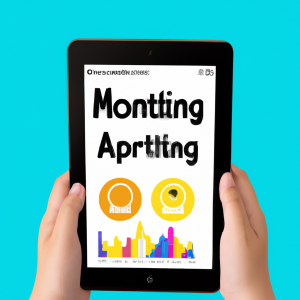
How to Invest in Bonds and Fixed-Income Securities: A Comprehensive Guide
How to Invest in Bonds and Fixed-Income Securities
What are Bonds and Fixed-Income Securities?
Bonds and fixed-income securities are debt instruments issued by governments, municipalities, corporations, and other entities to raise capital. Investors who purchase bonds are essentially lending money to the issuer in exchange for regular interest payments and the return of the principal amount at maturity.
Types of Bonds and Fixed-Income Securities
There are various types of bonds and fixed-income securities, including:
- Government Bonds: Issued by governments to fund public projects and operations.
- Corporate Bonds: Issued by corporations to raise capital for business operations.
- Municipal Bonds: Issued by municipalities to finance local projects and infrastructure.
- Treasury Securities: Issued by the U.S. Department of the Treasury.
- Certificates of Deposit (CDs): Time deposits issued by banks.
How to Invest in Bonds and Fixed-Income Securities
1. Determine Your Investment Goals
Before investing in bonds and fixed-income securities, it’s important to determine your investment goals, risk tolerance, and time horizon. Consider whether you’re looking for income, capital preservation, or a combination of both.
2. Research Different Types of Bonds
Research different types of bonds and fixed-income securities to understand their characteristics, credit ratings, and yields. Consider factors such as the issuer’s creditworthiness, maturity date, and interest rate.
3. Choose a Brokerage Account
To invest in bonds and fixed-income securities, you’ll need a brokerage account that offers access to the bond market. Compare brokerage firms based on fees, research tools, and customer service.
4. Build a Diversified Portfolio
Construct a diversified portfolio of bonds and fixed-income securities to spread out risk and maximize returns. Consider investing in a mix of government, corporate, and municipal bonds with varying maturities and credit ratings.
5. Monitor Your Investments
Regularly monitor your bond investments to ensure they align with your investment goals and risk tolerance. Stay informed about changes in interest rates, credit ratings, and economic conditions that may impact your portfolio.
6. Rebalance Your Portfolio
Periodically rebalance your bond portfolio to maintain your desired asset allocation and risk level. Consider selling bonds that no longer fit your investment strategy and reinvesting the proceeds in other fixed-income securities.
Conclusion
Investing in bonds and fixed-income securities can be a valuable addition to your investment portfolio, providing income and diversification. By following these steps and staying informed about the bond market, you can make informed decisions and achieve your financial goals.

